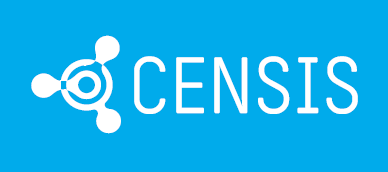Title:
Circuits for invasive and non-invasive bio-potential recording from the brain
Presenter:
Srinjoy Mitra, University of Glasgow, UK
Srinjoy Mitra received his bachelor degree from Calcutta, India, and the M.Tech. degree from the Indian Institute of Technology, Bombay, India, in 2003. After briefly working in microelectronic industry, he completed his Ph.D. from the Institute of Neuroinformatics (UNI), ETH Zurich, Switzerland, in 2008. Between 2008 and 2010, he worked as a Postdoctoral Researcher at Johns Hopkins University, Baltimore, MD, USA. He then joined the medical electronics team at imec, Belgium, and worked there as a Senior Scientist until early 2016. He is now a lecturer in Biomedical Engineering division at the University of Glasgow.
Dr. Mitra has worked in neuromorphic electronics and low-power ICs for prosthetic applications. At imec he had taken up lead roles in a number of industrial and publicly funded projects primarily related to biopotential recording. Various ICs developed during these projects have been licensed to industry. For the last few years Dr. Mitra led multiple projects on neural implants for central and peripheral nervous system. Hi primary research interest is in designing novel mixed signal CMOS circuits for advancement in medical and neural electronics.
Abstract:
Advances in CMOS technology have made ultra-small electronic sensors become part of wearable and implantable devices. There are many challenges in designing components for such a device, however, the analog front-end circuits located right at the signal source is one of the most critical one to determine the overall performance. This tutorial will focus on low-power CMOS electronics for non-invasive and invasive bio-potential recoding from the central nervous system.
Electro-encephalography (EEG) is the most popular method for non-invasive brain imaging but medical grade EEG devices are still bulky and requires frequent professional assistance. However, ambulatory EEG recording is of great interest both for healthcare and life-style applications. We will review the CMOS circuit design techniques to provide high quality EEG data with maximum patient comfort. Similarly, invasive neural recording has been a primary technique used by neurophysiologists to study brain function over many decades. It is only recently that high-density silicon neural probes have become available. The second part of the tutorial will focus on CMOS design methodologies related to such devices.










